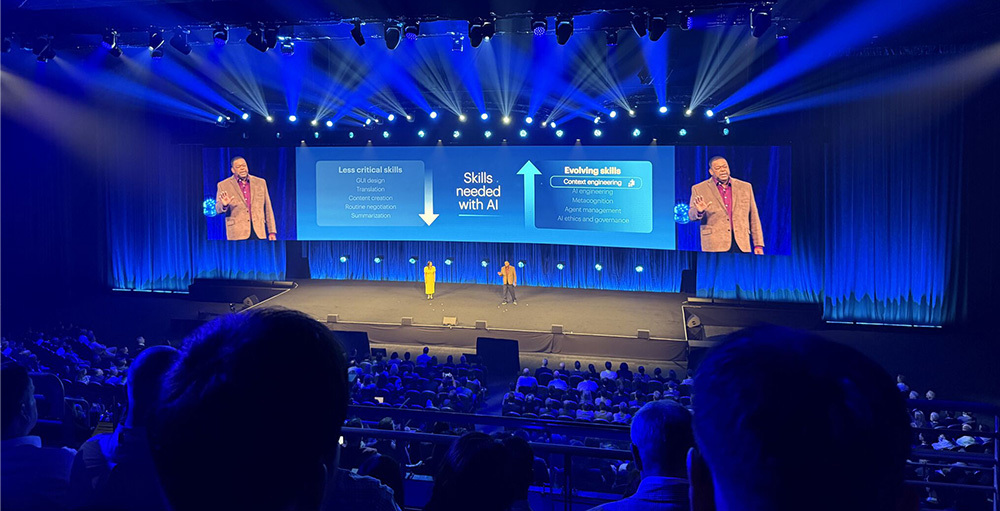When CIOs and IT leaders consider user experience (UX), their focus is often on reducing friction, simplifying workflows, and delighting users. But at the recent Gartner Symposium, one of the buzz topics was the rise of agentic AI and its impact on UX as we know it. Gartner’s Olive Huang painted a picture of a future where UX is no longer about interfaces, it’s about intent. And that shift will upend decades of design assumptions.
From clicks to intent
Traditional UX has revolved around guiding users through apps, dashboards, and menus. Agentic AI changes that equation. These goal-driven software entities don’t just respond to commands; they act on behalf of users, making autonomous decisions and taking action. Imagine a digital agent that doesn’t wait for you to scroll through options but secures the best broadband deal or auto-builds your grocery list while you focus elsewhere.
By 2028, Gartner predicts one-third of all interactions with generative AI services will involve these autonomous action models. That’s not a distant future; it’s an urgent strategic horizon.
What will survive the agent era?
Interestingly, Huang emphasised that not everything will be ceded to AI. There’s a dividing line between “chores” and “choices.” Repetitive, transactional tasks such as price comparisons, bookings, and routine planning will be automated. However, experiences we value for their human richness, such as shopping for shoes or collaborating with colleagues, will remain firmly in our hands.
This hybrid landscape means enterprises must rethink which experiences they want to automate and which they should enhance with human touch.
The CIO’s Monday morning question
The future of UX isn’t about prettier apps; it’s about compatibility with agents. The first step is deceptively simple: audit your applications. Which of them can be effectively “understood” and leveraged by AI agents? Which will be left behind if they can’t plug into an intent-driven model?
From there, CIOs face a structured playbook:
- Short-term (next 90 days): Bolster trust, adopt standards-based design, and fix accessibility gaps.
- Medium term (12 months): Track agent uptake and review product compliance with emerging frameworks.
- Long term: Invest in team skills for orchestrating agents across ecosystems, with open standards like the Model Context Protocol (MCP).
Building trust in the machine
The boldest barrier is trust. Customers and employees alike need assurance that autonomous agents won’t misfire, expose data, or make questionable decisions. Gartner’s perspective: trust is not a marketing claim, it’s an engineering outcome. CIOs will need to pair advanced language models with classical AI techniques and embed continuous user testing into development cycles.
The standards and accessibility imperative
There’s a practical side too. Agents thrive on consistency and clarity. Applications that adhere to widely accepted design patterns, robust standards, and accessibility frameworks won’t just serve humans better – they’ll be more legible to AI. In other words, good accessibility today is also future-proofing for agent-driven UX tomorrow.
Why it matters now
For IT leaders, the shift to agentic AI is not about preparing for a sci-fi future; it’s about recognising a near-term disruption. As more enterprise tools integrate autonomous agents, employees will expect them to be present. Customers will demand them. And software that cannot “talk to” agents will risk obsolescence.
The question is no longer whether agentic AI will redefine UX. It’s how fast your organisation can adapt.

